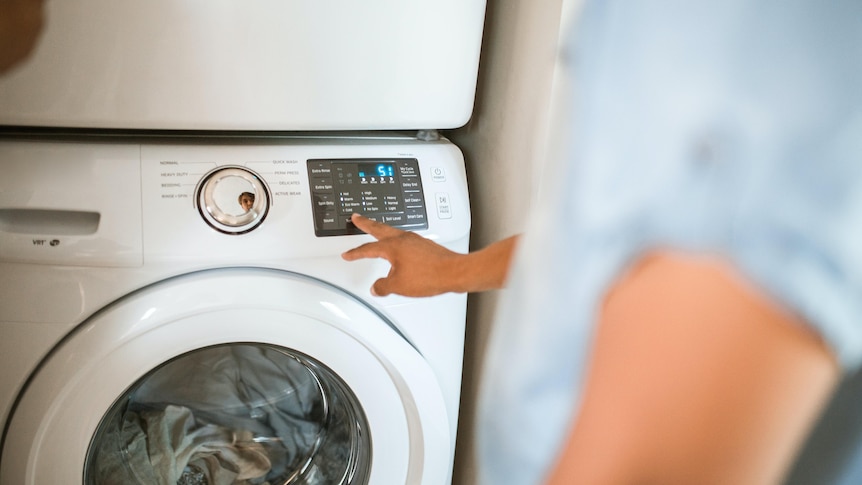![]()
From ABC News (15/1/24), more on microplastics…
Laundry is a top source of microplastic pollution — but you can clean your clothes more sustainably
Microplastics are turning up everywhere, from remote mountain tops to deep ocean trenches. They also are in many animals, including humans.
The most common microplastics in the environment are microfibres — plastic fragments shaped like tiny threads or filaments. Microfibres come from many sources, including cigarette butts, fishing nets and ropes, but the biggest source is synthetic fabrics, which constantly shed them.
Textiles shed microfibres while they are manufactured, worn and disposed of, but especially when they are washed. A single wash load can release several million microfibres. Many factors affect how many fibres are released, including fabric type, mechanical action, detergents, temperature and the duration of the wash cycle.
My research focuses on coastal ecology and water pollution, including work in US marshes and estuaries that are heavily affected by human activities. Here are some things to know about reducing microplastic pollution from your washing machine.


